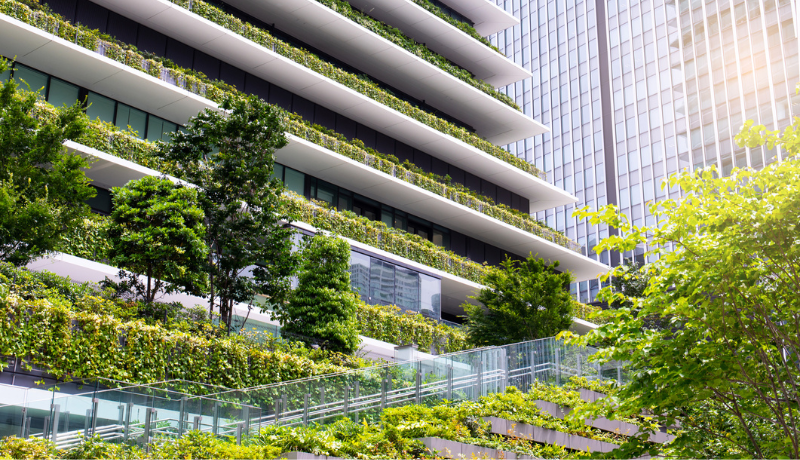Façade engineering plays a critical role in the pursuit of sustainable building practices. However, achieving true sustainability in façade design is not without its challenges. Balancing aesthetics and performance, cost considerations, limited availability of sustainable materials, and the lack of industry standards are just a few hurdles faced by professionals in the field. In this blog, we delve into the difficulties encountered in achieving true sustainability in façade engineering and explore ways to overcome them.
Balancing Aesthetics and Performance
Façades serve as the visual identity of a building, making aesthetics a significant consideration. However, reconciling visual appeal with energy efficiency and sustainability can be a complex task. Striking the right balance between design requirements and sustainable performance can be challenging, but it is possible through innovative design solutions, advanced materials, and thoughtful integration of energy-efficient technologies.
Cost Considerations
Sustainable design often entails higher upfront costs compared to conventional approaches. Incorporating energy-efficient technologies, renewable energy systems, and eco-friendly materials may require additional investments. The challenge lies in convincing clients and stakeholders of the long-term benefits of sustainability, showcasing reduced operational costs, increased building value, and enhanced occupant satisfaction. Demonstrating the return on investment and lifecycle cost analysis can help overcome cost-related barriers.
Limited Availability of Sustainable Materials
While sustainable building materials are gaining popularity, their availability and accessibility can still be limited. Finding suppliers and manufacturers that offer sustainable options in the required quantities and specifications can be challenging. Additionally, sustainable materials may come with higher costs or require specialized installation techniques. Overcoming this challenge involves actively seeking out reliable suppliers, and exploring alternative materials.
Lack of Industry Standards and Regulations
The absence of consistent industry standards and regulations specific to sustainable façade engineering poses a challenge. Clear guidelines and benchmarks are necessary to ensure that sustainable practices are universally adopted. Encouraging collaboration among industry professionals, architects, engineers, and governing bodies can drive the development and implementation of green building certifications, codes, and regulations that promote sustainable façade design.
Integration Challenges
Implementing various sustainable technologies and strategies in façade design requires seamless coordination among multiple stakeholders. Ensuring optimal performance and compatibility of different components can be technically challenging. Overcoming integration challenges involves fostering collaboration, enhancing communication, and utilizing building information modeling (BIM) technology to facilitate coordination and ensure the smooth integration of different systems.
Evolving Technologies and Knowledge Gap
The field of sustainable façade engineering is constantly evolving, with new technologies and strategies steadily emerging. Keeping up with the latest advancements and understanding their practical applications can be a challenge. Continuous professional learning, participation in industry events, and knowledge-sharing platforms can all help to bridge the knowledge gap and keep informed about emerging trends.
Lifecycle Considerations
True sustainability in façade engineering requires considering the entire lifecycle of the façade, including material selection, maintenance, and end-of-life options. Ensuring durability, ease of maintenance, and the potential for repurposing or recycling demands careful planning and coordination among stakeholders. Incorporating lifecycle thinking early in the design process can lead to more sustainable choices and reduce the environmental impact throughout the façade's lifespan.
While achieving true sustainability in façade engineering comes with its fair share of challenges, the industry is making significant strides. By addressing the balance between aesthetics and performance, managing costs, advocating for sustainable materials, establishing standards and regulations, enhancing collaboration, and staying abreast of evolving technologies, professionals in the field can overcome these hurdles. With collective efforts and an ongoing commitment, the goal of achieving true sustainability in façade engineering can be realized, paving the way for greener and more sustainable buildings.
Hiring managers play a crucial role in driving sustainability in façade engineering. By prioritizing candidates with a passion for sustainability or relevant experience, organizations can shape the industry and make a positive environmental impact. If you're a hiring manager seeking talented façade engineers with a focus on sustainability, we invite you to complete our request a call back form. Our specialist team at LVI Associates can connect you with skilled professionals who are dedicated to creating energy-efficient and environmentally friendly façades. Together, let's build a greener future in façade engineering.
